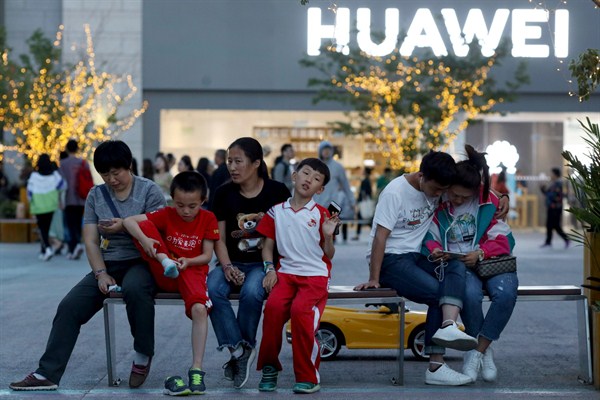The tit-for-tat trade war between the United States and China is costly enough, but it could be morphing into something far more serious. A week after raising tariffs on $200 billion in imports from China, the Trump administration took aim at Huawei, the Chinese company leading the global race to create new, faster 5G telecommunications networks. The new regulations would, if fully implemented, restrict Huawei’s ability to access the U.S. market, either for exports of its products or for imports of key technologies. There are reasons to be concerned about Beijing using Huawei’s networks for nefarious purposes, as well as legitimate grievances regarding China’s trade and industrial policies. But the costs of President Donald Trump’s trade war are clearly rising, and with them the prospects of an unnecessary cold war with China that would be in no one’s interest.
Until now, Trump’s China policy seemed to be operating on two separate, but parallel, tracks. On the trade track, the investigation into China’s unfair trade practices that injure American firms focused on intellectual property theft and forced technology transfer. The real backdrop was Beijing’s “Made in China 2025” industrial policy, under which the country aims to be the global leader in a number of new and emerging technologies within the next few years. U.S. Trade Representative Robert Lighthizer, a skilled negotiator for whom tariffs are leverage in the negotiations with China, has been the architect of this trade track.
On the other track are the national security implications of China controlling key technologies of the future and using American technology to get there. In response to these concerns, Congress last year passed a strengthened law for reviewing foreign investments that might have national security implications, while the administration has been reviewing how it implements export controls.

